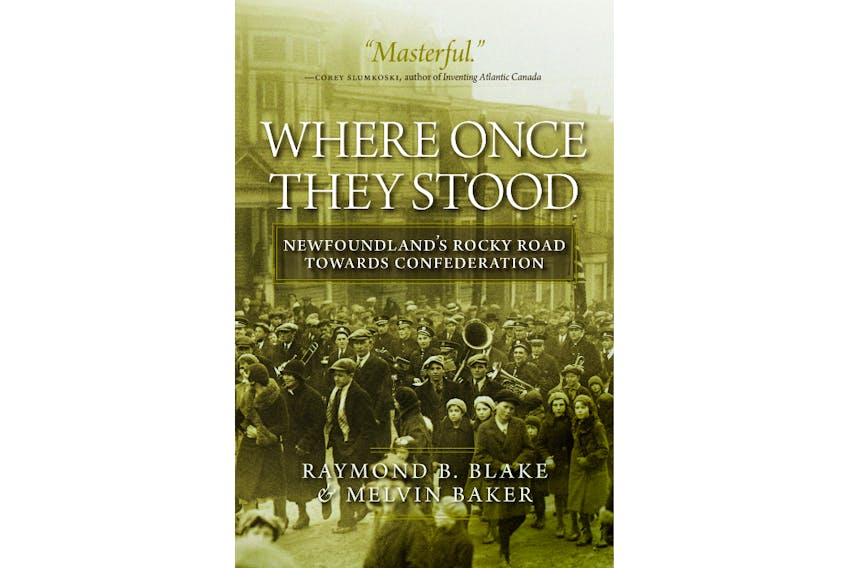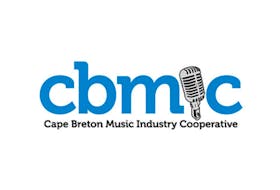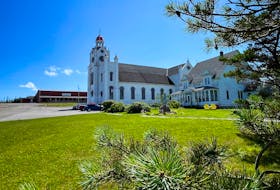ST. JOHN'S, N.L. — “Where Once They Stood: Newfoundland’s Rocky Road Towards Confederation”
By Raymond B. Blake and Melvin Baker
University of Regina Press
$34.95 400 pages
The year 1867 is the officially recognized date of Canadian Confederation, but like a lot of convenient historical shorthand it doesn’t tell the whole story.
Co-authors Raymond Blake, the author and editor who teaches history at the University of Regina, and Melvin Baker, an archivist-historian with a wealth of publishing credits on 19th- and 20th-century Newfoundland and Labrador history, address that gap with this vigorously researched and heftily structured volume. The title, of course, quotes from the “Ode to Newfoundland” (with a nice echo of “Rocky Road to Dublin”) and the book’s seven chapters track events between 1864, when Newfoundland first turned from a possible union with Canada towards its own national independence, to 1949, when two referenda elected Newfoundland its place as Canada’s 10th and youngest province.

“We are particularly interested in those periods when the union of Newfoundland with Canada was a clear issue in Newfoundland politics, such as in 1869 and 1948, as well as when it was considered tangential or even a distraction by political leaders and their parties. The issue of Confederation was used frequently by a variety of politicians to smear their opponents and to score favour with the electorate.”
To confederate or not to confederate — that was the question which danced and dangled through Newfoundland public discourse for a longer time span, and at a more fervent pitch, than in any other province. “Even [in 1949], Newfoundlanders voted only narrowly … for this change in their status. In the intervening decades, however, [Confederation] was never far from their minds.”
The push towards a unified British territory in North America extends as far back as American statesman Benjamin Franklin, who “worried about persistent and deadly attacks from the French military in New France and their Indigenous allies.” But the first NL political figures closely associated with the campaign are arguably Frederic Bowker Terrington Carter and Ambrose Shea, a Conservative and a Liberal, respectively, delegated by Premier Hugh William Hoyles to the 1864 Quebec Conference. “Shea and Carter realized immediately the possibilities that union offered.” Intense debate ensued, all neatly unstitched here, but ultimately Newfoundland’s “orientation would remain east towards the Atlantic world rather than west to the North American continent.”
Moving into the 20th century, Newfoundland embarked on with a “relatively prosperous” outlook, but soon, like the rest of the world, found all promise and prospects determined by the First World War. Constraints continued into the 1920s: “With a depression in trade and decreased demand for Newfoundland codfish, the unemployed of St. John’s protested their grave situation, and once again, Confederation emerged as a potential solution to Newfoundland’s lingering economic problems.”
William Coaker was among those to raise a voice against this: “I cannot see how Union with Canada can benefit Newfoundland.”
Then, in 1927, the Privy Council set the Labrador boundary in favour of Newfoundland, and against Quebec. “Given the long-standing impression among Newfoundlanders that the Dominion of Canada’s interests had always prevailed over theirs, [Newfoundland] was delighted … Newfoundland had won a major legal battle against Canada, although the (Judicial Committee of the Privy Council) decision gave Canadians one more reason to pursue union with Newfoundland.” Still, Newfoundland, churning through the political and economic turmoil of the 1930s and the Commission of Government, soon considered selling the asset. But the Second World War somewhat steadied the economic boat.
“For many who hoped and believed that once Newfoundland had achieved financial stability and a measure of prosperity, Great Britain would restore democratic government and constitutional independence, Tuesday, October 28, 1946, was their day of infamy. On that day, Joseph R. Smallwood rose in the historic Colonial Building and before a stunned National Convention, recently elected to consider the country’s constitutional future, pronounced that Newfoundland was, in fact, not a nation … He let it be known that he would be introducing a motion that the Government of Canada be informed that Newfoundland was interested in a federal union …”
Smallwood’s initial attempt to explore this option was not successful, but later there would be forays “(1) to London to ascertain what economic and financial relationships might be established between the Dominion of Newfoundland and Great Britain; (2) to Washington to investigate a trading relationship between Newfoundland and the United States; and (3) to Ottawa to explore union with the Dominion of Canada.” The latter of which was brought about in 1948-1949.
All of these complex and protracted events are explored and explained in Baker and Blake’s detailed, thorough, and enlivened prose. The book also includes black and white photos (with a list of photo credits), endnotes, a bibliography, and an index.
Joan Sullivan is editor of Newfoundland Quarterly magazine. She reviews both fiction and non-fiction for The Telegram.
MORE FROM JOAN SULLIVAN









